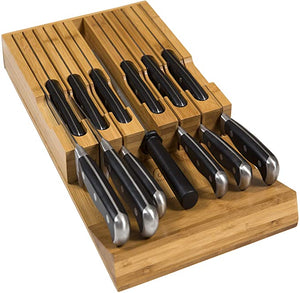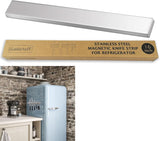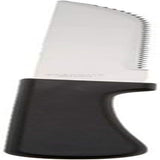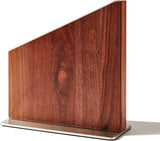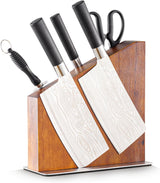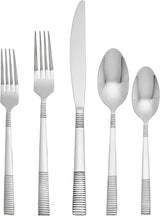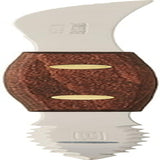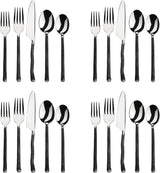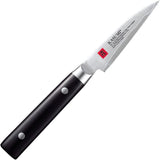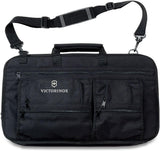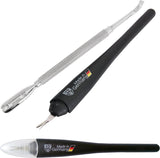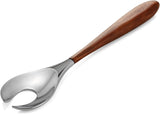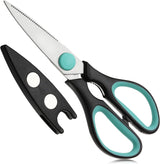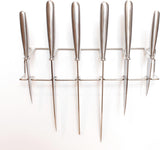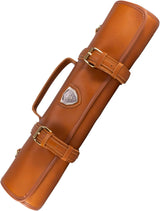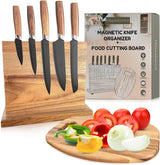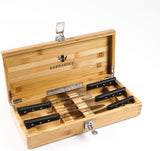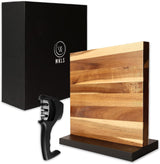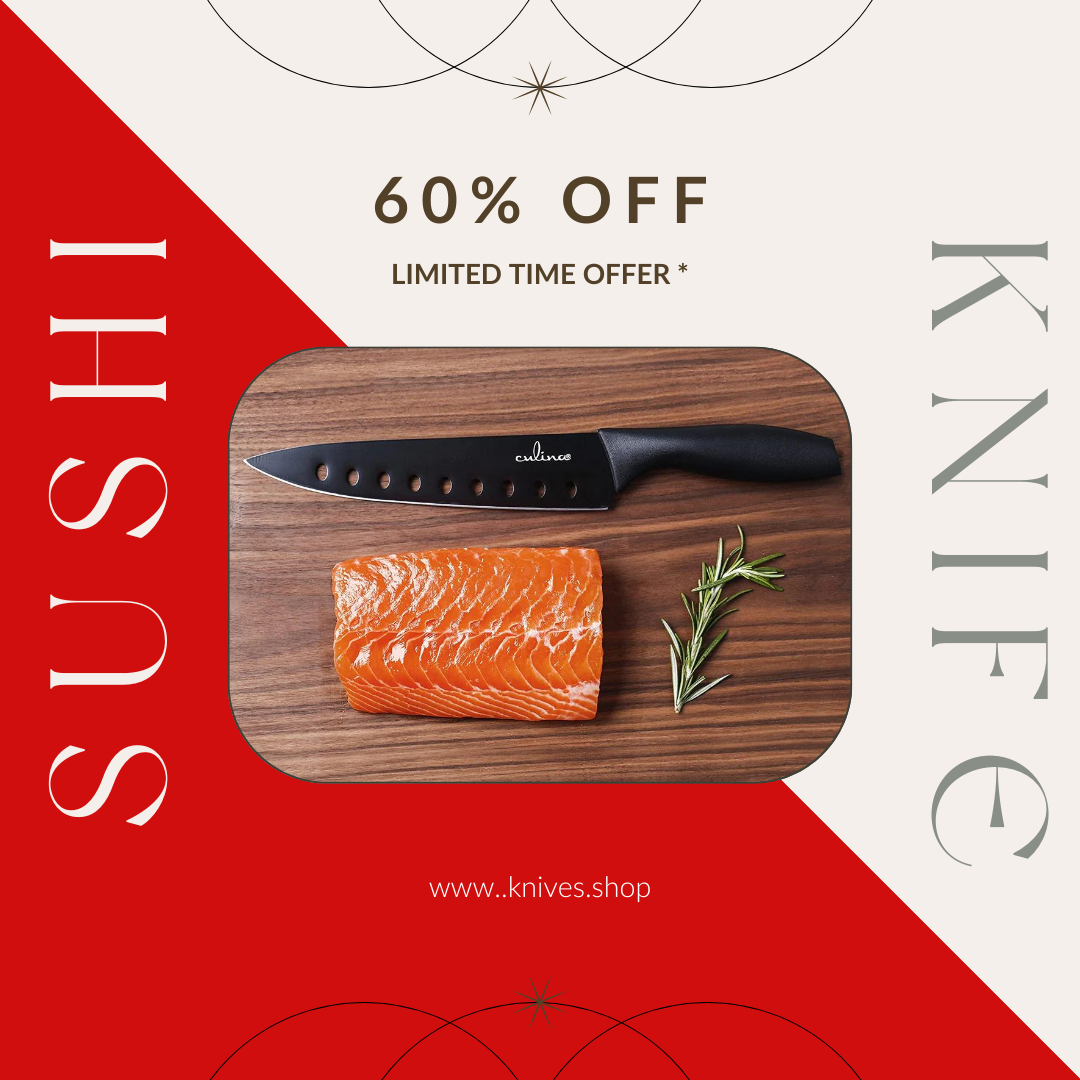In the culinary world, few tools hold as much significance as a Japanese chef knife. Known for their exceptional sharpness and intricate craftsmanship, these knives are a staple in both professional and home kitchens. Whether you're a seasoned chef or an enthusiastic kitchen hobbyist, knowing how to sharpen a Japanese chef knife is essential for maintaining its performance and longevity.

The Significance of a Sharp Japanese Chef Knife
A sharp Japanese chef knife is not just a pleasure to use but also a critical element in efficient cooking. These knives, known for their thin, hard blades, allow for precise cuts, preserving the integrity of the ingredients. This attribute is crucial, especially in Japanese cuisine, where presentation and texture play a significant role.
Why Regular Sharpening is Crucial
Over time, even the finest Japanese knives will lose their edge, affecting your cutting tasks' precision and ease. Regular sharpening keeps the blade in optimal condition, ensuring it performs at its best. Neglecting this can lead to a dull blade, which not only complicates your cooking but also increases the risk of accidents.

Understanding the Anatomy of a Japanese Chef Knife
Before diving into the sharpening process, it's important to understand the components of your Japanese chef knife. These knives typically feature a single-beveled edge, meaning one side is sharpened more than the other, offering a razor-sharp finish. Recognizing this design is key to effective sharpening.
Single-Bevel vs. Double-Bevel Knives
Most Western knives are double-beveled, while Japanese chef knives are often single-beveled. This distinction impacts the sharpening technique. A single-bevel knife necessitates a different approach, focusing primarily on one side of the blade, which we'll explore in detail.

Tools Needed for Sharpening a Japanese Chef Knife
Sharpening a Japanese chef knife requires specific tools to achieve the best results:
- Whetstone: An essential tool for sharpening. Typically, a combination of coarse (1000 grit) and fine (6000+ grit) stones is recommended.
- Angle Guide: Helps maintain a consistent sharpening angle, enhancing precision.
- Honbats: A small, flat stone used to touch up the blade between sharpenings.
Having these tools ready will make the sharpening process more efficient and effective.
Step-by-Step Guide to Sharpening Your Japanese Chef Knife
Now that we have the tools, let's walk through the process of sharpening your Japanese chef knife:
Step 1: Soak the Whetstone
Start by soaking your whetstone in water for about 15-20 minutes. This ensures the stone is properly saturated, which prevents damage to both the stone and the knife during sharpening.
Step 2: Establish the Angle
Position your knife against the whetstone at the correct angle (usually around 15-17 degrees for Japanese knives). Using an angle guide can help maintain this angle consistently.
Step 3: Sharpen the Blade
Begin sharpening by moving the blade across the stone in a sweeping motion, ensuring the entire edge makes contact with the stone. Focus on the single bevel if applicable. Repeat this process until you feel a burr along the edge.
Step 4: Refine the Edge
Switch to a finer grit stone (6000+) to refine the edge. This step polishes the blade, giving it that razor-sharp finish. Again, maintain the same angle and sweeping motion.
Step 5: Hone the Blade
After sharpening, use a honbat to touch up the blade. This helps remove any lingering burrs and fine-tunes the edge. A few gentle strokes on each side are sufficient.
Maintaining Your Japanese Chef Knife
Proper maintenance extends the life of your knife and reduces the frequency of full sharpenings:
Regular Honing
Honing should be done regularly (about every 3-4 uses) to keep the edge aligned. This is not as intensive as sharpening but is crucial for maintaining sharpness.
Proper Storage
Store your knife in a protective sheath or on a magnetic strip to prevent the blade from dulling due to contact with other objects.
Common Mistakes to Avoid
Even with the best intentions, there are common pitfalls to avoid:
Incorrect Angle
Maintaining the correct angle is paramount. Using an angle guide can help ensure consistency.
Applying Too Much Pressure
Excessive pressure can damage the blade. Gentle, even strokes are more effective and safer for your knife.
Neglecting One Side
Ensure both sides of the blade are evenly sharpened to avoid an uneven edge, especially on double-beveled knives.
Expert Tips for Sharpening a Japanese Chef Knife
For those looking to refine their sharpening skills, here are some expert tips:
Invest in a Quality Whetstone
A good whetstone is a worthy investment. Higher-quality stones provide better results and are more durable.
Take Your Time
Sharpening a knife is not a process to rush. Take your time to ensure precision and safety.
Practice Regularly
Sharpening is a skill that improves with practice. Regularly honing your technique will yield better results over time.
Conclusion
Learning how to sharpen a Japanese chef knife is an invaluable skill for any kitchen enthusiast. With the right tools, techniques, and a bit of practice, you can keep your knife in peak condition, enhancing your culinary endeavors. Remember, a sharp knife is a safe knife, and with proper maintenance, your Japanese chef knife can provide years of exceptional performance.
FAQs
How often should I sharpen my Japanese chef knife?
It depends on usage, but typically, sharpening every 3-6 months is recommended for home cooks.
Can I use a honing rod for my Japanese chef knife?
Yes, but a ceramic honing rod is preferred as it is gentler on the harder steel of Japanese knives.
What grit whetstone should I start with?
Begin with a 1000 grit stone for initial sharpening and move to a 6000+ grit stone for refining the edge.
As an Amazon Associate, I earn from qualifying purchases.
For more knife skills, check out this cutting technique guide.
